Last updated: January 30, 2024
Have you ever wondered about the language of horses? As an experienced horse owner and author, I’ve discovered that each whinny and snort is a window into their thoughts. For enthusiasts, veterinarians, and behaviorists, interpreting horse sounds is vital for effective care and deeper bonds.
Let’s dive into the fascinating world of equine communication, where every sound they make tells a story.
Neighing: The Call for Attention
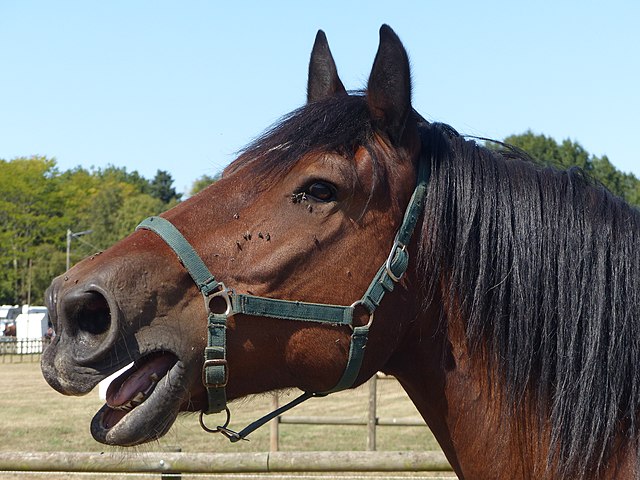
What Does Neighing Sound Like? Neighing is a loud, high-pitched call that resonates with a vibrato effect. It starts with a strong, prolonged note that often ends in a series of shorter, higher notes. This distinctive sound can carry over long distances.
What Does It Mean?
- Seeking Attention: Horses neigh to catch the attention of their human caretakers or fellow horses. It’s like a call saying, “Look at me” or “I’m here.”
- Communication: Neighing serves as a way for horses to communicate with each other, especially when separated. It’s a social call used to establish contact or respond to the neighs of other horses.
- Expressing Emotion: Sometimes, a horse’s neigh can reflect its emotions, such as excitement, anticipation (like at feeding times), or loneliness.
Whinnying: Expressing Emotions
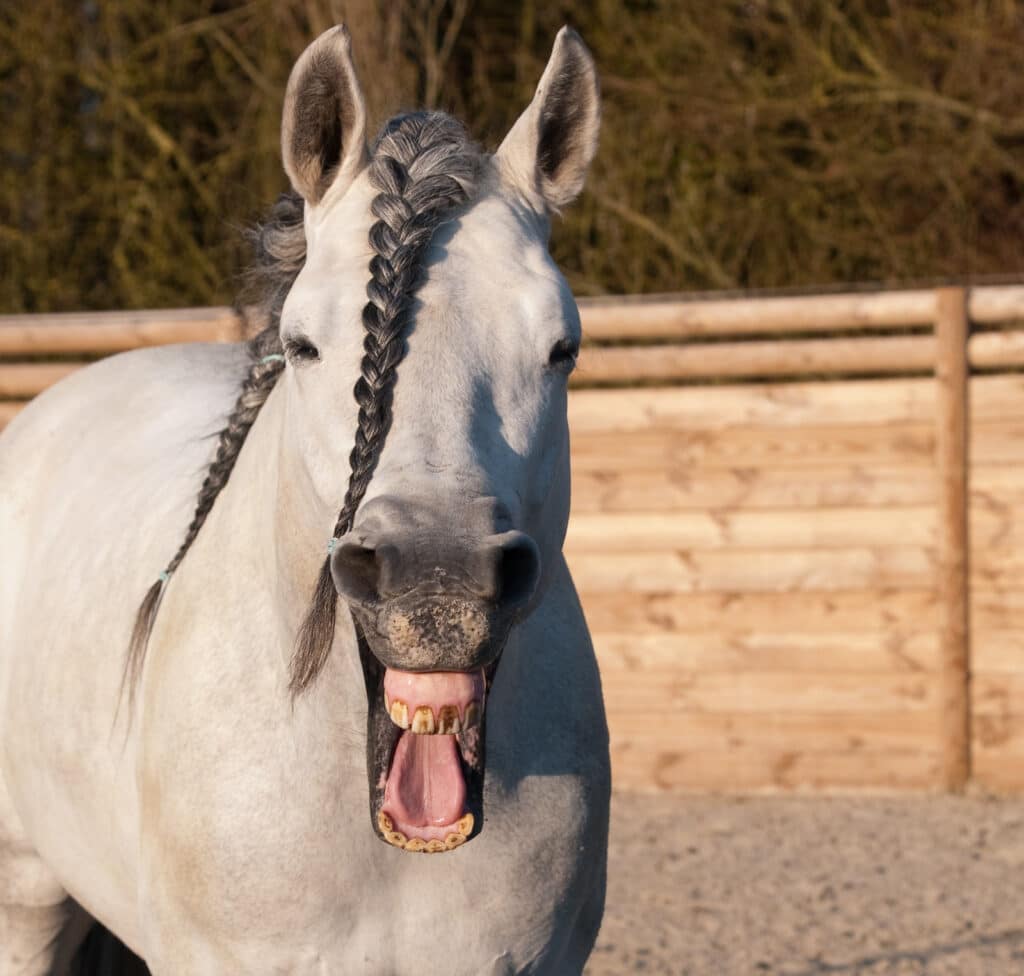
Characteristics of the Whinny: A whinny is a more complex and melodious sound compared to a neigh. It’s a combination of a neigh and a nicker, starting with a neigh and ending in nicker-like notes. This sound is softer and less piercing than a neigh, often fluctuating in tone and pitch.
Emotional Expressions Through Whinnies
- Greeting or Recognition: Horses often whinny as a friendly greeting to humans or other horses, signaling recognition and a desire to interact.
- Expressing Desire or Need: A whinny can indicate a horse’s desire for something, like food or companionship. It’s a way of expressing a need or want.
- Anxiety or Stress: When feeling anxious or stressed, horses might whinny as a response to their environment or changes around them.
- Social Bonding: Whinnies play a crucial role in social bonding within a herd, helping horses maintain contact and communicate over distances.
Snorting: The Sound of Alertness
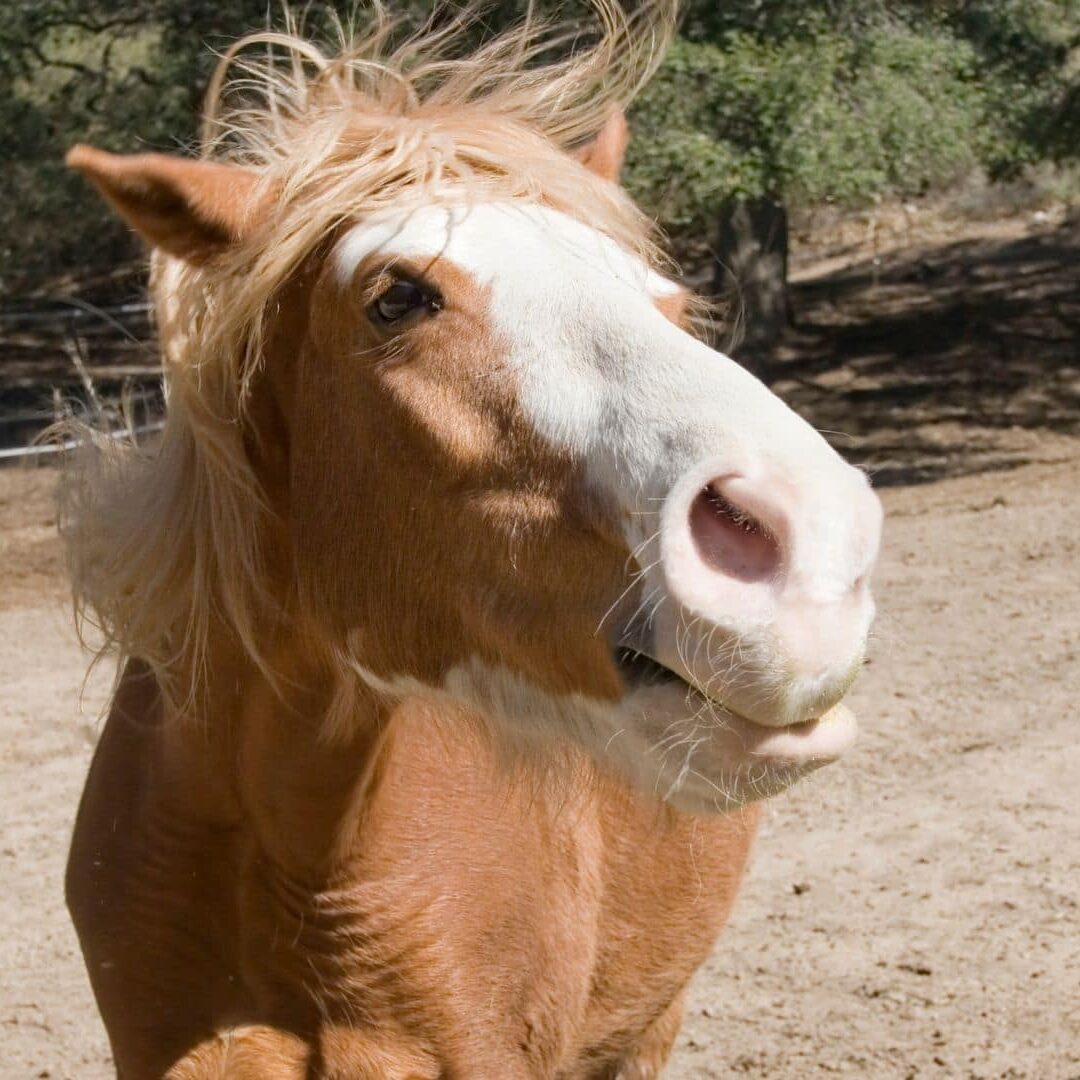
Defining the Snort Sound: A snort in horses is a sharp, explosive sound made by a forceful exhalation through the nostrils. It’s characterized by a burst of air that typically produces a resonant, vibrating noise. Unlike the whinny or neigh, it’s brief and more abrupt, often accompanied by a visible release of air.
Significance of Snorting in Horses
- Alertness: Snorting is commonly associated with alertness. Horses snort to signal their awareness of something unusual or potentially alarming in their environment.
- Reaction to Novel Stimuli: A snort can be a horse’s immediate reaction to unfamiliar or unexpected stimuli. It might occur when they encounter a new object, animal, or sudden change in their surroundings.
- Communication of Discomfort: Sometimes, snorting is used to express discomfort or unease. It can be a sign that the horse is assessing a situation or deciding how to react.
- Clearing the Nasal Passages: Occasionally, a snort is simply a physiological response to clear the nasal passages, not necessarily linked to emotional states.
Squealing: A Sign of Displeasure
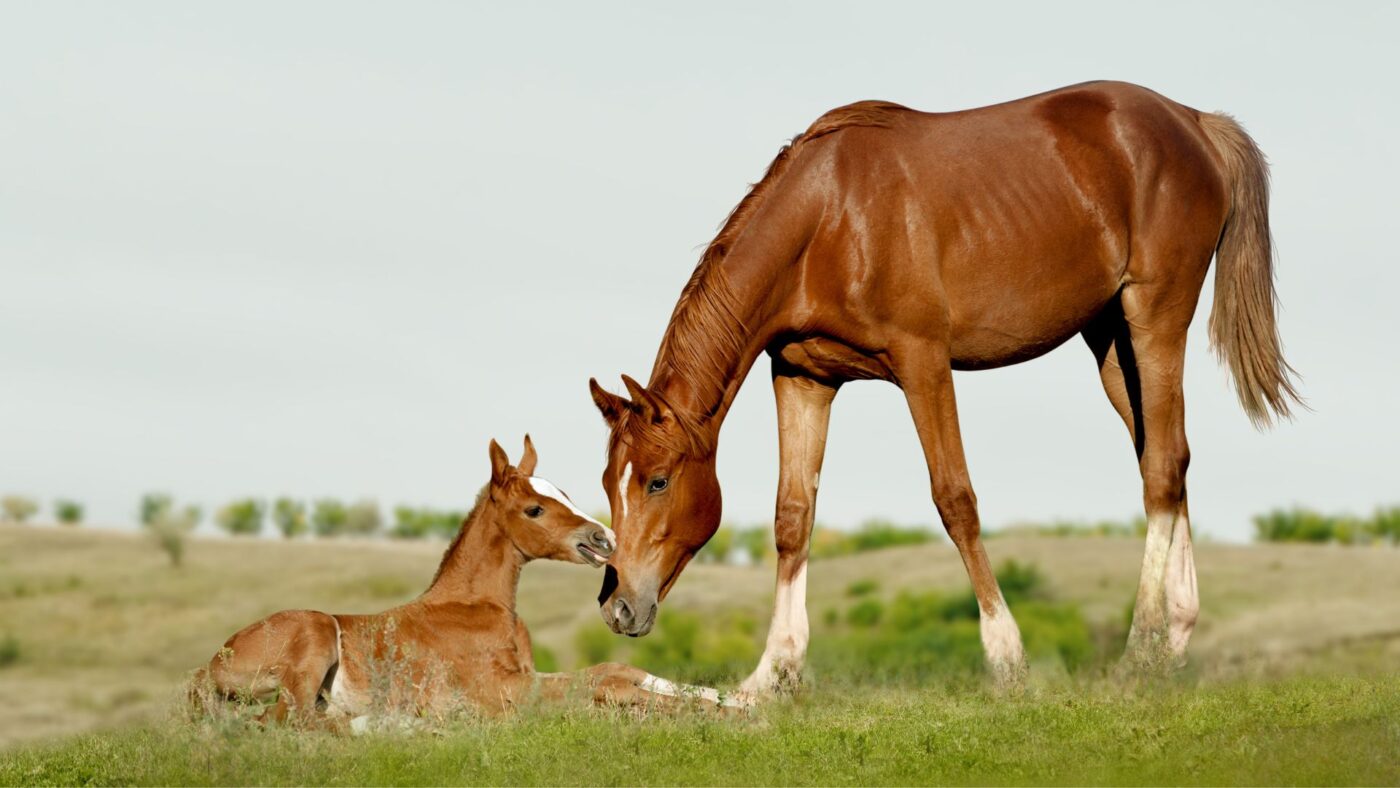
Characterizing the Squeal Sound: A horse’s squeal is a sharp, high-pitched, and often prolonged sound. It’s typically louder and more intense than a nicker, resembling a scream or shriek. This sound is unmistakable for its urgency and intensity, usually indicating strong emotion.
Squealing as an Expression of Negative Emotions
- Indicating Discomfort or Annoyance: Squeals are commonly associated with a horse’s discomfort or annoyance. It can be a response to an unwelcome interaction with another horse or a reaction to a specific situation that the horse finds unpleasant.
- Response to Conflict: Horses often squeal during moments of conflict, such as disputes over food, territory, or hierarchy within a herd. It can be a warning or a defensive sound during these confrontations.
- Sign of Fear or Pain: In some cases, a squeal might indicate fear or pain. It’s important for horse caretakers to discern this context, as it may require immediate attention or intervention.
- Asserting Boundaries: Squealing can also be a way for horses to assert their boundaries, especially when faced with an unfamiliar or assertive horse or human.
Blowing: Relieving Tension
Defining the Blowing Sound: Blowing in horses is a softer, controlled expulsion of air through the nostrils. It’s a gentle, rhythmic sound, less abrupt than a snort, and without the sharpness or intensity. This sound is characterized by a steady, whooshing noise as the horse calmly exhales air in a relaxed manner.
Blowing as a Stress Reliever
- Releasing Tension: Horses often blow through their nostrils as a way to release tension or stress. It’s a self-soothing behavior that helps them calm down in situations of mild stress or after a startling experience.
- Sign of Relaxation: Blowing can also indicate a transition from a state of alertness to relaxation. After assessing a situation as non-threatening, horses might blow softly as a sign of easing their vigilance.
- Communication of Contentment: In a relaxed and comfortable environment, blowing can be a sign of contentment. It’s a way for horses to express that they feel safe and at ease.
- Clearing the Nasal Passages: Similar to snorting, blowing can also serve a physiological purpose, helping to clear the nasal passages, especially after physical exertion or in dusty environments.
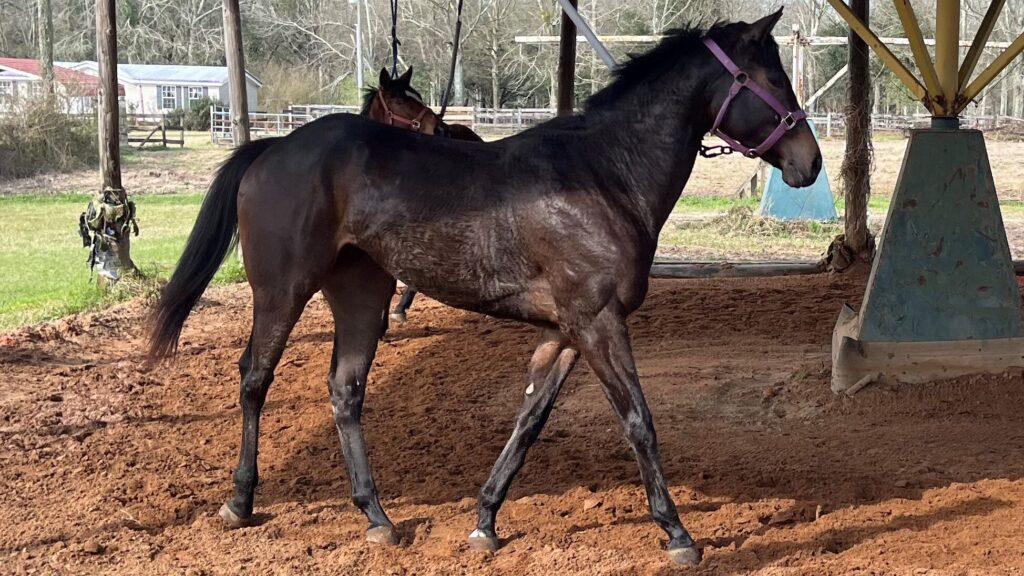
Groaning: Indicating Discomfort
Characteristics of the Groaning Sound: A groan in horses is a deep, low-pitched sound that often resonates from the throat or chest. It’s a vocal expression that can vary in length and intensity but typically has a rumbling quality. Unlike the more communicative sounds like neighs or nickers, a groan is often more subdued and may not be immediately noticeable.
Understanding the Context of Groaning
- Discomfort or Pain: Groaning can be a sign of discomfort or pain. It might occur in situations where the horse is experiencing physical distress, such as during illness, injury, or strain.
- Relaxation: Interestingly, not all groans indicate negative feelings. Some horses may groan as a sign of relaxation, especially during grooming or when stretching. It can be akin to a person sighing contentedly.
- Expressing Annoyance: At times, groaning can be a horse’s way of showing annoyance or displeasure, possibly in response to an unwelcome situation or interruption.
- Effort or Exertion: Horses might also groan when exerting effort, such as when carrying a heavy load, moving after resting, or during intense training sessions.
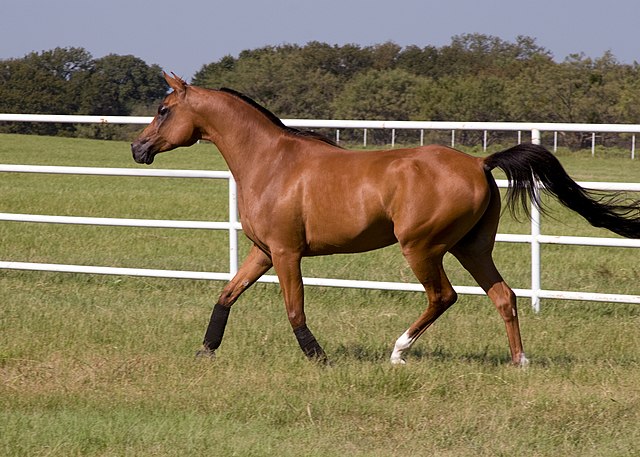
Sighing: Contentment or Relief
Characterizing the Sigh Sound: A sigh in horses is a soft, extended exhalation that often conveys a sense of release. It’s a gentle, airy sound, usually quieter and more subdued than other vocalizations. The sigh typically involves a deep inhale followed by a slow, steady exhale, often accompanied by a lowering of the head or a relaxing of the body.
Sighing as an Indicator of Positive Emotions
- Contentment: A sigh can be a clear sign of contentment in horses. It often occurs when they are in a comfortable and secure environment, like after a satisfying meal, during a peaceful grooming session, or while basking in the sun.
- Relief: Horses may also sigh as an expression of relief, especially after a period of stress or tension. It can be observed after a stressful event has passed, signaling that the horse is transitioning back to a state of calm.
- Expressing Trust and Safety: Sighing is commonly seen in situations where the horse feels safe and trusts its surroundings or the people around it. It’s a sign that the horse is at ease and feels no immediate threat or concern.
- Physical Relaxation: Along with emotional contentment, sighing can also indicate physical relaxation. Horses might sigh during or after gentle stretching, indicating a release of physical tension.
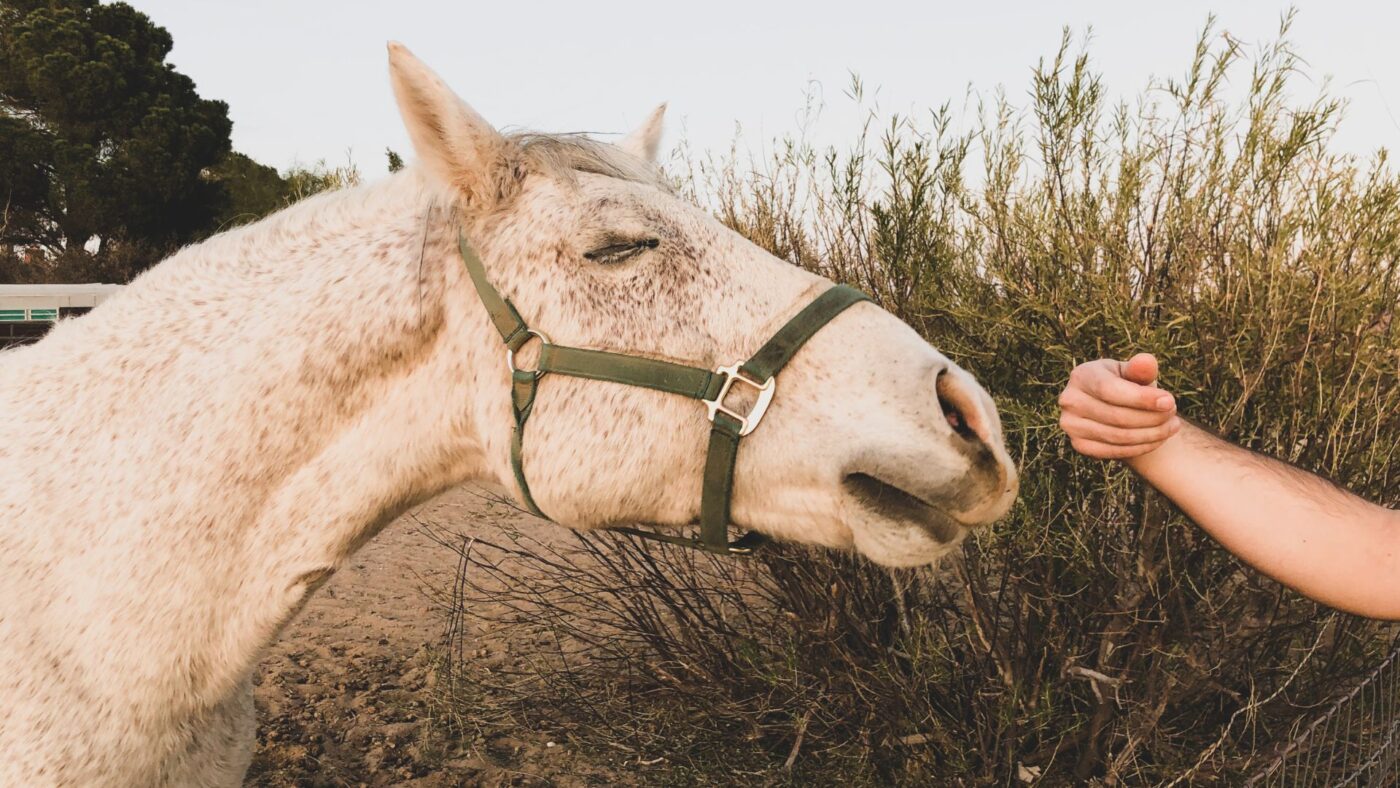
Audio and Video of Horse Sounds
Discover the fascinating world of equine communication with this insightful YouTube video featuring authentic audio of various horse sounds. It’s a perfect complement to our exploration, offering a real-life auditory experience that brings the secret language of horses to life.
FAQs on Understanding Horse Sounds
Why is it important to understand horse sounds?
Understanding horse sounds is crucial for identifying their needs, emotions, and well-being. It enhances communication, strengthens the bond between horses and humans, and can improve care and training practices.
What does a horse’s neigh typically indicate?
A horse’s neigh is often a call for attention or a way to communicate with other horses. It can express emotions such as loneliness, excitement, or anticipation.
How can you tell if a horse is stressed or anxious from its sounds?
Stress or anxiety in horses can be indicated by sounds like snorting or squealing. Snorting may signal alertness to unfamiliar stimuli, while squealing is often a response to discomfort or conflict.
Do all horses make the same sounds for the same reasons?
While there are common reasons behind certain horse sounds, individual horses may have unique vocal expressions. Understanding a specific horse’s sounds requires observing and learning their personal communication style.
Have you noticed any specific behaviors or sounds from your horse?
Yes, each of my six horses has unique behaviors. One sighs contentedly when rubbed between the ears, showing relaxation. Another whinnies when another horse is saddled, fearing being left behind. These sounds reveal their individual personalities and emotional states, highlighting the depth of horse communication.
Conclusion
Understanding the diverse sounds a horse makes is not just about decoding animal behavior; it’s about deepening the bond between horse and human. I’ve owned horses for many years and have learned that each sound, from the alert snort to the contented sigh, is a piece of complex language that conveys emotions, needs, and responses.
Recognizing these sounds enhances our ability to care for these magnificent animals, ensuring their well-being and strengthening our connection with them. As horse enthusiasts, whether we’re owners, riders, veterinarians, or simply admirers, taking the time to listen and observe is key.
The more attuned we are to their vocal expressions, the better we can respond to their needs and emotions. This attentive listening fosters a deeper, more empathetic relationship with our equine companions.
So, the next time you’re with a horse, pay close attention to its sounds. Each neigh, whinny, snort, nicker, squeal, blow, groan, and sigh is an opportunity to understand and connect more profoundly with these extraordinary animals. Remember, in the world of horses, every sound is a conversation waiting to be understood.
Share Your Horse Sound Stories
In wrapping up our exploration of horse sounds, I invite you to share your own experiences. How do your horses communicate with you? What unique sounds do they make, and what do you think they mean?
To start us off, here’s a little story from my own life with horses. Every time I enter the barn, my horse greets me with a distinctive neigh. It’s her special way of asking for attention—and, of course, some hay.
Now, it’s your turn. Share your stories in the comments below, and let’s celebrate the diverse and meaningful language of our equine friends together.
Further Resources
Studies on Equine Behavior and Communication:
- Equine Communication: By Rachel E. Kristiansen Department of Psychology, Sheridan College, Sheridan, WY, USA
- The Basics of Equine Behavior: By Carey A. Williams, Ph.D., Extension Specialist in Equine Management. Rutger Equine Science Center.
Videos and Documentaries:
- “The Language of Horses” – Available on YouTube or equine educational platforms.
- “Listening to the Horse” – A documentary exploring horse-human communication.
Websites and Online Forums:
- The Horse Forum – A community for horse enthusiasts to discuss horse behavior, care, and training.
- EquiSearch – Offers articles and advice on horse care, behavior, and training.
- British Horse Society – Provides a wealth of resources on horse care, including understanding horse behavior and sounds.

About the Author: Miles Henry
Lifelong Horseman | Racehorse Owner | Published Author
Miles Henry brings over 25 years of hands-on experience training and owning Thoroughbred racehorses. Raised with Quarter Horses and Appaloosas, he’s spent a lifetime learning from horses—on the track, in the barn, and in the field. Today, he runs a small but successful racing stable in Louisiana and shares real-world insights on HorseRacingSense.com, helping horse owners, fans, and bettors navigate the sport with confidence.
📚 Books: View Miles’s books on Amazon »
🎧 Podcast Guest: Animal Tales Ep. 32 |
YouTube Interview
📩 Newsletter: Sign up for racing tips and horse care advice »
🔗 Follow Miles:
Twitter |
Facebook |
YouTube


